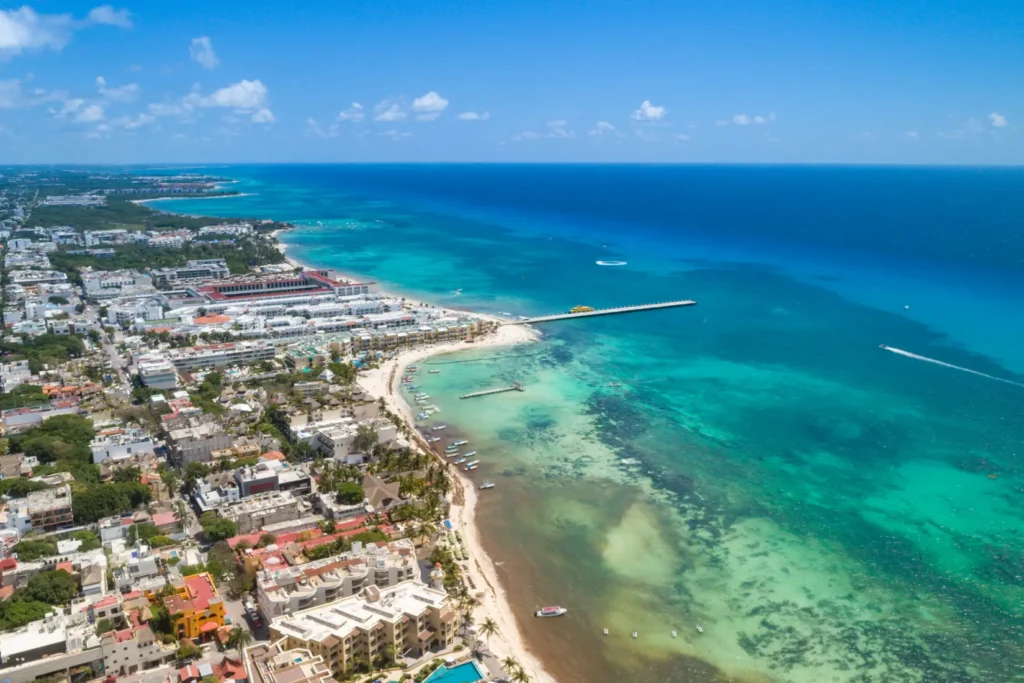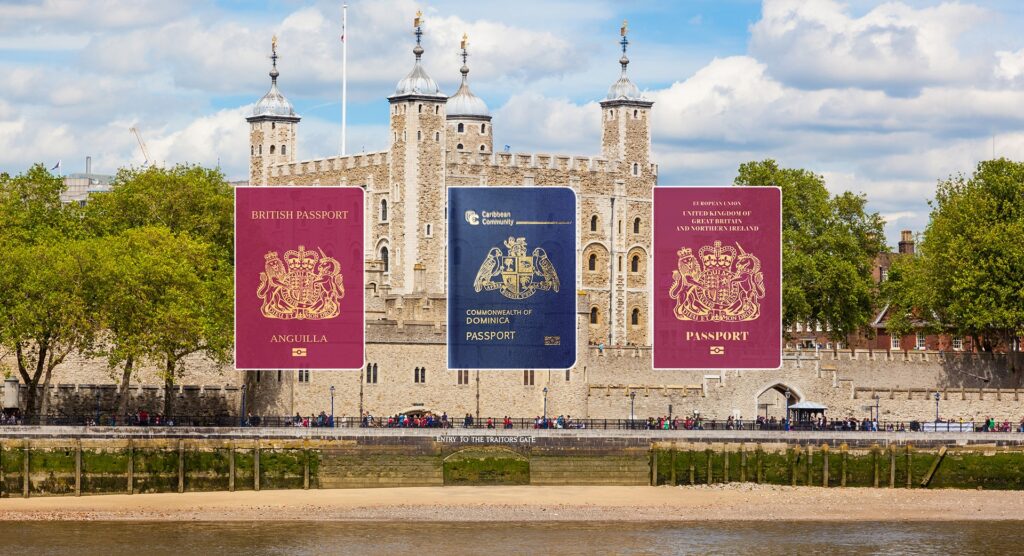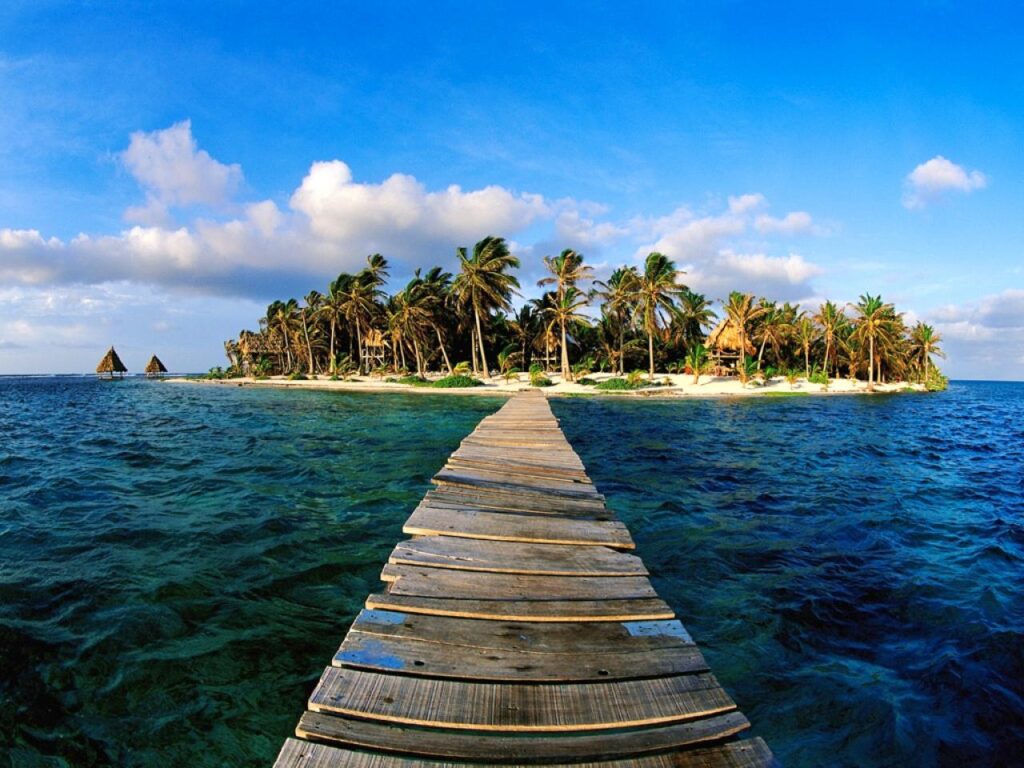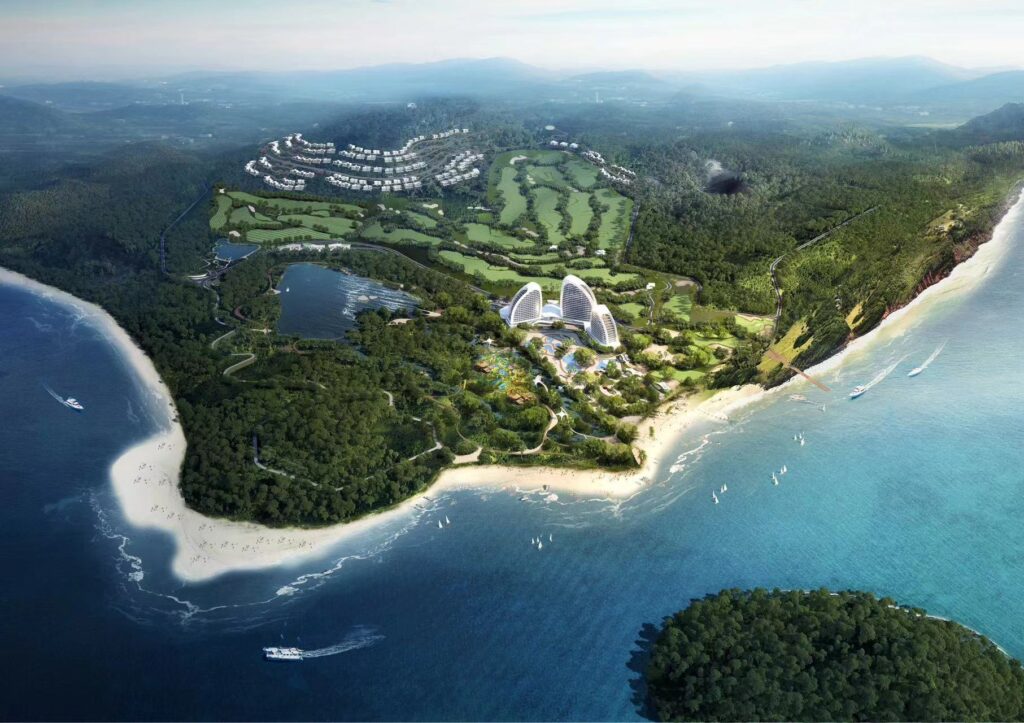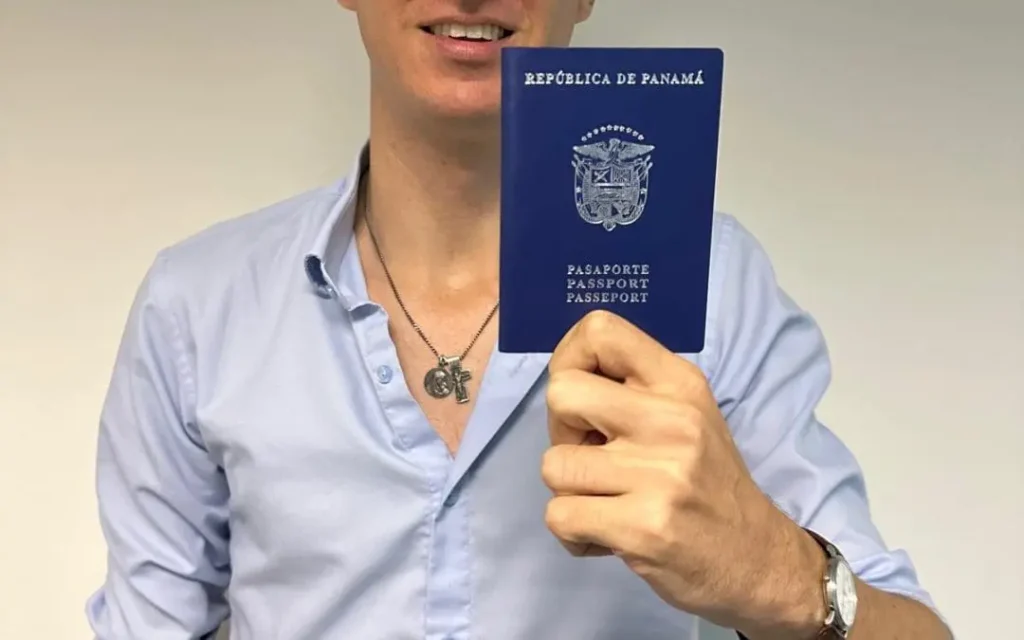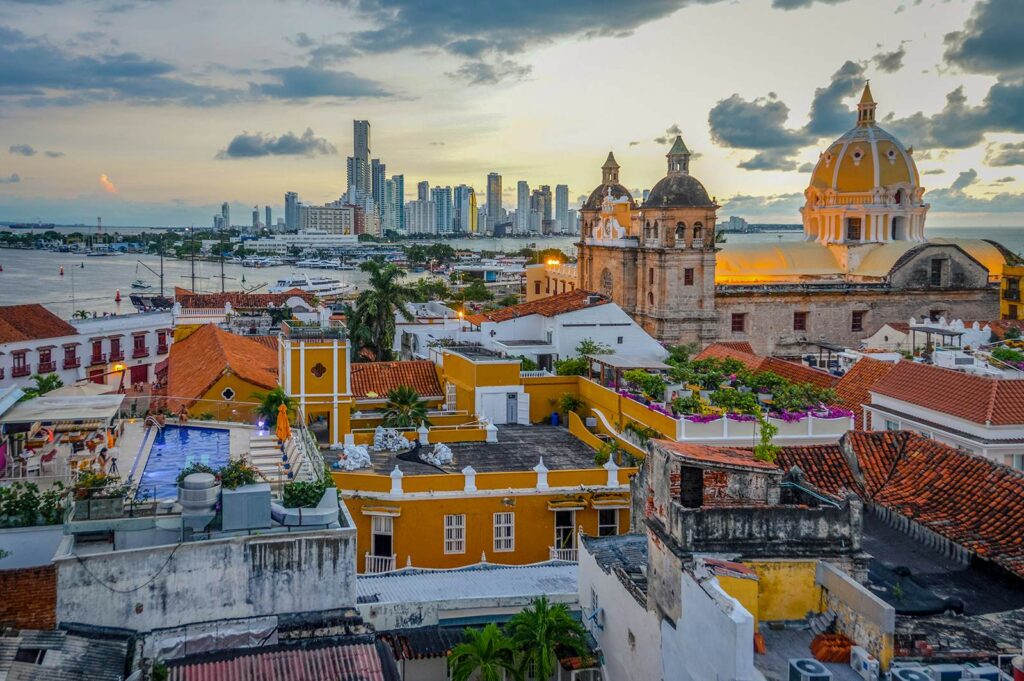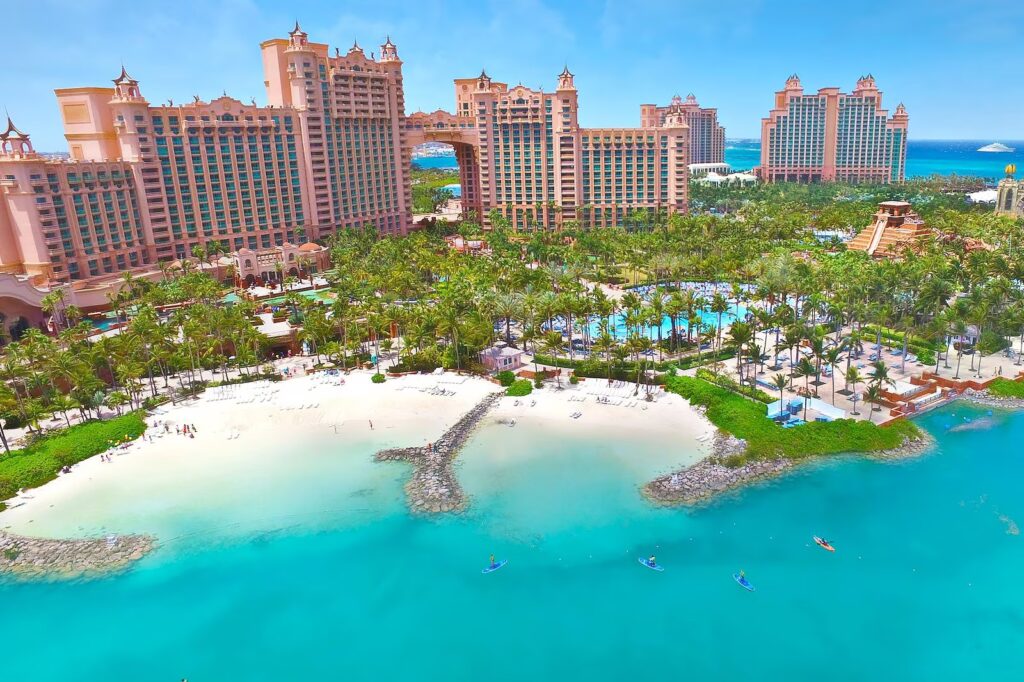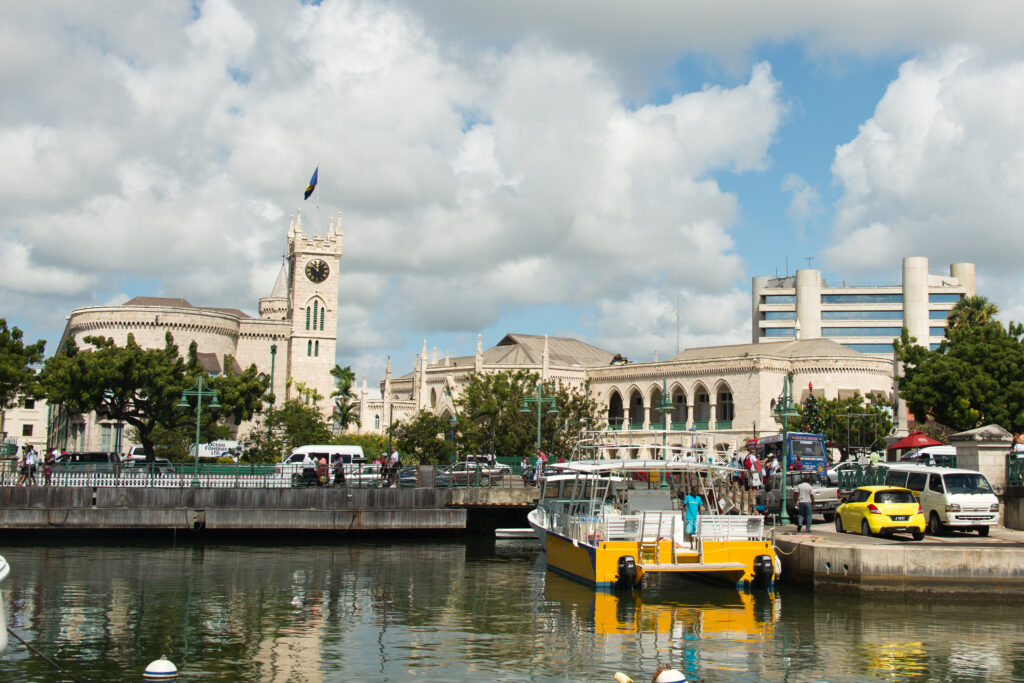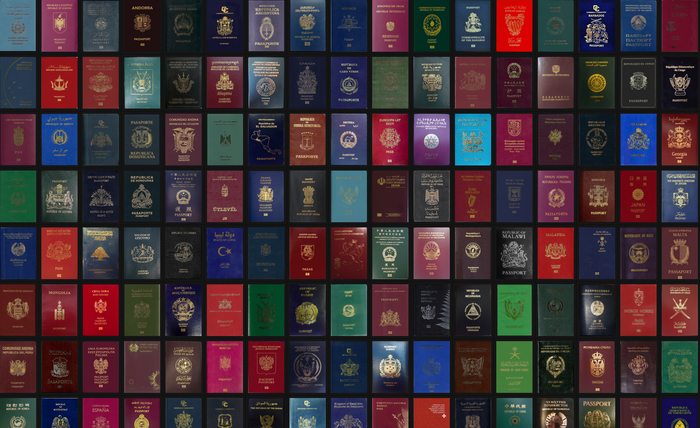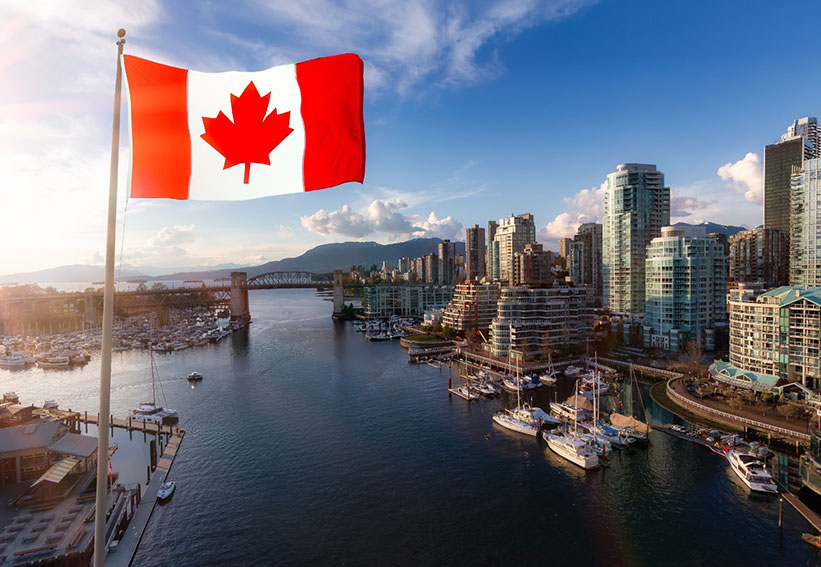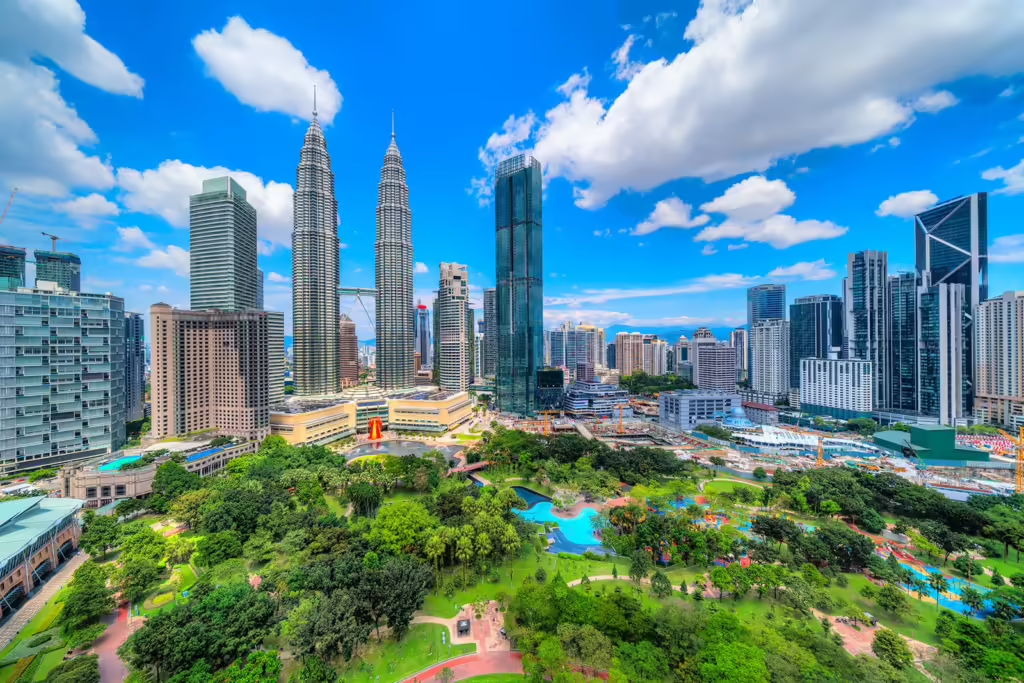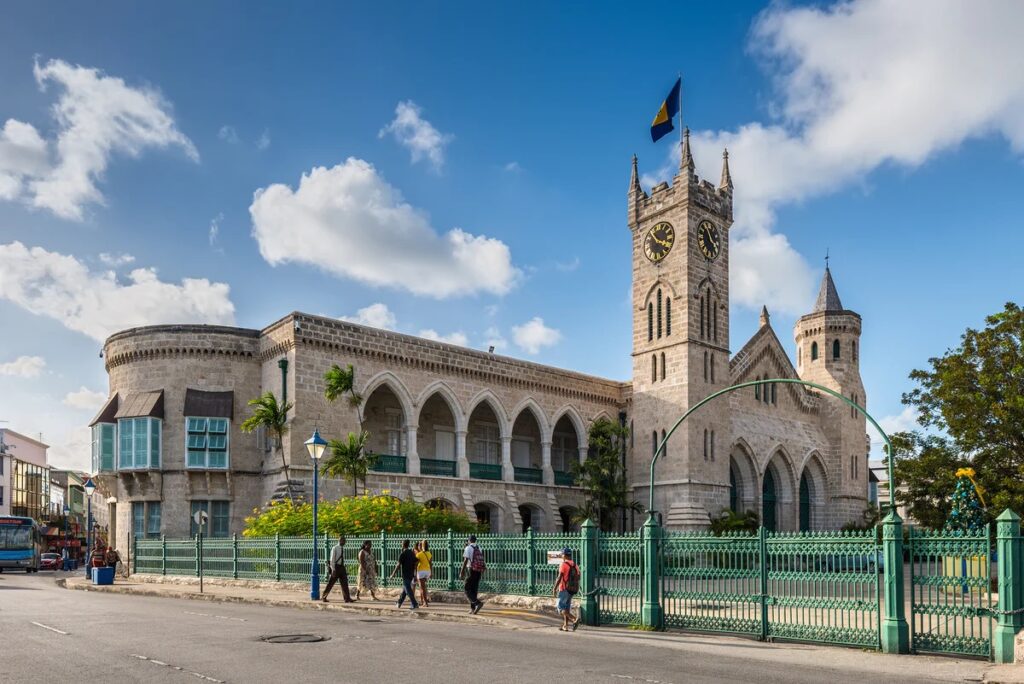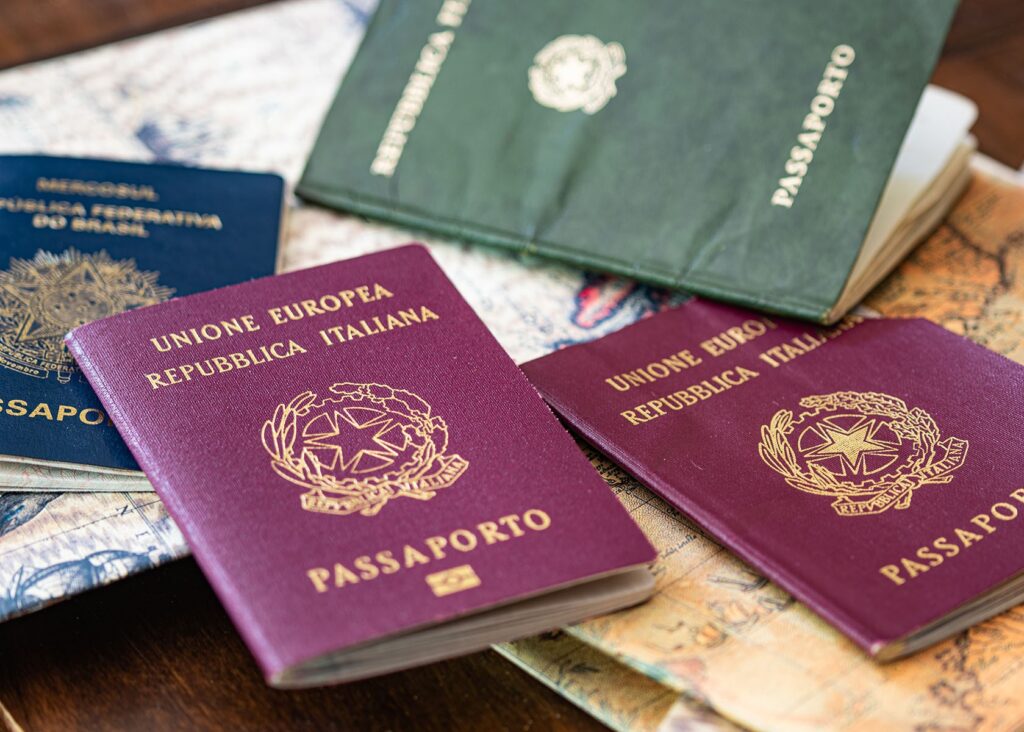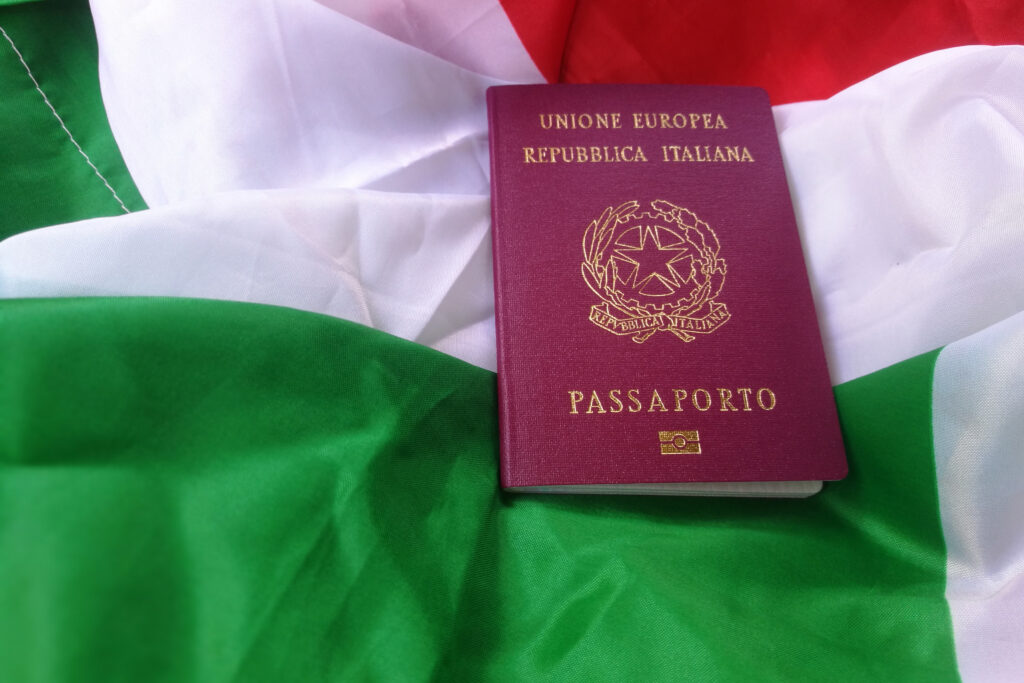South America is becoming increasingly popular for affluent families and retirees looking to relocate to an affordable, low-tax jurisdiction OR establish a second residence or “Plan B”. This trend is driven by the continent’s diverse offerings for residence by investment, low cost of living, vibrant cities, and tranquil beaches. Each country presents a unique allure but also varies in levels of security and stability, making safety a crucial consideration for those planning to explore or settle in these regions. As tourism and expatriate communities continue to grow, and more families and solo travellers visit the region, understanding the safety dynamics of each destination becomes essential for those who want to enjoy their experience without undue concerns fully.
This comprehensive guide focuses on the safest countries in South America, exploring key factors contributing to their reputations as secure destinations. We will look at various indicators such as political stability, murder rates, overall crime rates, levels of corruption, the Human Development Index (HDI), the quality of infrastructure, and healthcare systems. These factors provide a snapshot of the current safety climate and offer deeper insights into how these countries maintain order and ensure the well-being of both residents and visitors. By examining these elements, potential travellers and relocates can make informed decisions, selecting destinations where safety complements the scenic beauty and rich cultural experiences available.
Introduction
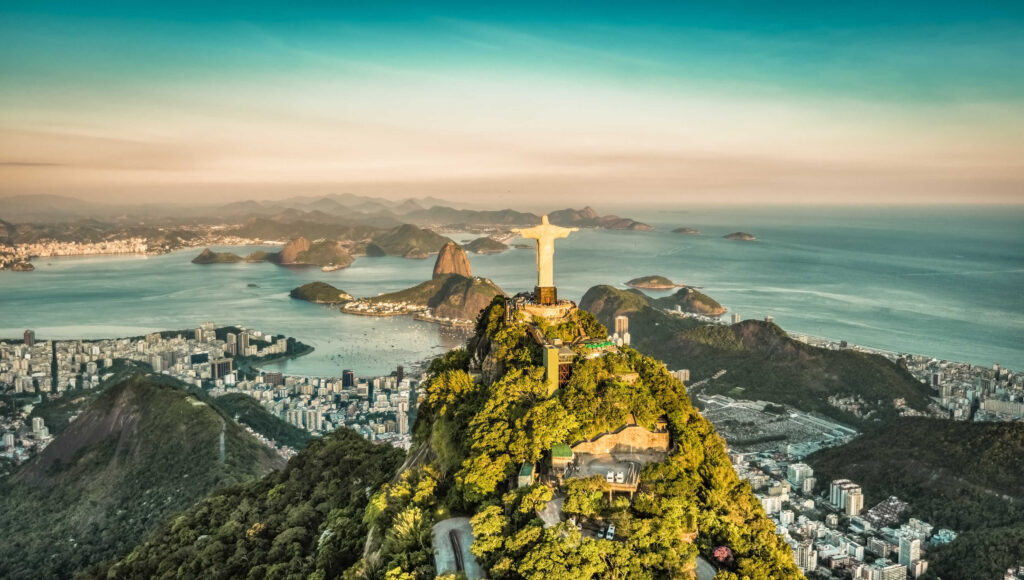
Safety in South America varies widely due to several factors including political stability, economic conditions, environmental policies, and social norms. Some countries boast impressive safety records thanks to their effective law enforcement strategies and community-driven initiatives aimed at reducing crime rates. Others have made remarkable progress through innovative social programs that tackle the root causes of violence and insecurity.
It’s important to note that perceptions of safety can be subjective and often influenced by media portrayals or isolated incidents. However, objective metrics like crime rates, the Global Peace Index (GPI), and traveller experiences provide valuable insights into the relative safety of South American countries. For instance:
| Country | Global Peace Index Ranking |
|---|---|
| Chile | High |
| Uruguay | Very High |
| Argentina | Moderate |
These rankings showcase how some South American nations stand out on the global stage for their peacefulness and security measures.
Furthermore, anecdotal evidence from tourists and expatriates consistently highlights certain places as particularly welcoming and safe for visitors. From bustling cities with night patrols to tranquil towns where locals look out for one another, these testimonials contribute to an overall picture of safety across the continent.
By delving into various sources – official statistics, personal stories, and expert analyses – this introduction sets the stage for a deeper exploration into what makes each country on our list among the safest in South America. Whether you’re drawn by cultural curiosity or seeking serene spots away from it all you’re about to discover destinations that promise not only breathtaking views but also a sense of security in one of the world’s most diverse continents.
Understanding Safety in South America
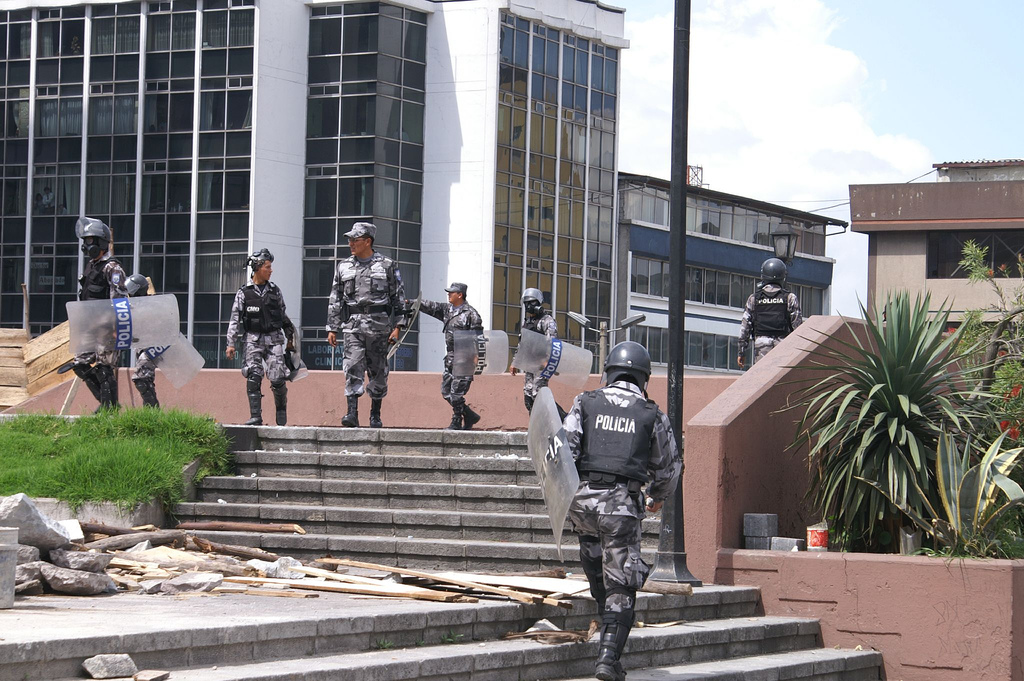
When considering a trip to South America, safety is often at the forefront of travellers’ minds. This diverse continent, rich in culture and natural beauty, has areas that are widely regarded as safe alongside those perceived as less so. Understanding the nuances of safety across this vast region requires delving into reputable sources of data and statistics.
Sources of Data and Statistics
Several organisations and institutions provide insights into safety levels across countries. The Global Peace Index (GPI), produced by the Institute for Economics & Peace, is a key reference point, offering an annual ranking based on various safety and security indicators. Similarly, reports from the United Nations Office on Drugs and Crime (UNODC) shed light on crime rates, particularly focusing on violent crimes which are a significant concern for potential visitors.
Other valuable resources include travel advisories issued by governments such as the UK’s Foreign & Commonwealth Office (FCO) or the US Department of State. These advisories offer up-to-date information on potential risks faced by travellers in specific regions or countries.
Local news outlets and forums where expatriates share their experiences can also provide anecdotal evidence that complements official statistics, giving potential tourists a rounded view of what to expect.
Factors Considered in the Ranking
To understand how countries within South America are ranked in terms of safety, it’s essential to consider various factors:
- Violent Crime Rates: Countries with lower instances of violent crime tend to rank higher in terms of safety.
- Political Stability: Nations experiencing political turmoil or unrest may be deemed less safe due to unpredictable situations that could affect tourists.
- Infrastructure Quality: Well-maintained infrastructure contributes to overall safety by reducing accidents and facilitating easier access to emergency services if needed.
- Environmental Risks: Certain areas may face risks related to natural disasters such as earthquakes or hurricanes; preparedness for these events influences perceived safety levels.
By examining these factors through reliable sources like GPI rankings or UNODC statistics, one gains insight into why some South American countries might appear more appealing from a safety perspective than others. For instance:
| Country | Global Peace Index Rank |
|---|---|
| Chile | High |
| Uruguay | High |
| Argentina | Moderate |
Chile and Uruguay frequently appear at the top end of such lists due largely to their stable political climates, robust legal systems, and effective law enforcement practices. In contrast, other nations with higher crime rates or political instability might rank lower despite their many attractions.
Understanding safety in South America isn’t about labelling entire countries as “safe” or “unsafe”. It’s about recognising regional differences within countries themselves. Major urban centres might have different security concerns compared to rural areas; likewise, tourist hotspots often have enhanced security measures that aren’t found elsewhere.
This nuanced approach helps travellers make informed decisions when planning their journeys across this vibrant continent.
Overview of Safety in South America
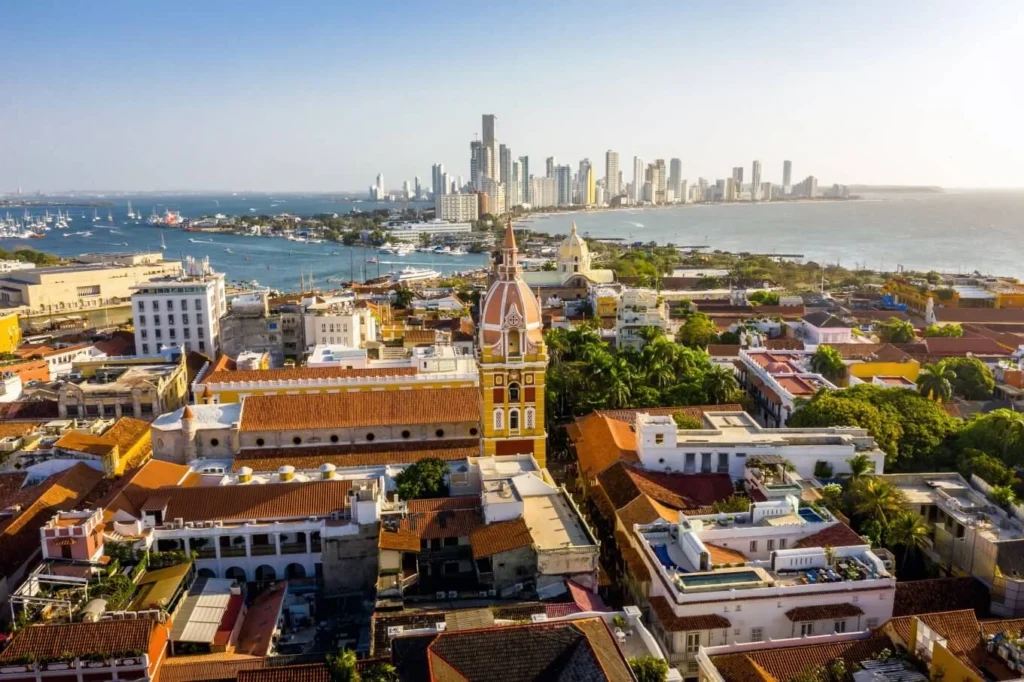
Common Safety Concerns
When you’re planning a trip to South America, it’s vital to be aware of common safety concerns that travellers might face. Crime rates can vary widely across the continent, but certain types of crime are more prevalent in tourist areas. Pickpocketing and petty theft often occur in crowded places, so keeping your belongings secure is essential. Moreover, scams targeting tourists can be sophisticated; being informed about these can help you avoid them.
Violent crime is less common but does exist. It’s strongly advised to stay away from known dangerous areas, especially after dark. Information on such locations is usually available from local sources or through travel advisories.
Transport safety varies by country and region within South America. While many countries have reliable public transportation systems, road safety standards might not match those you’re accustomed to back home. Always research and choose the safest modes of transport available.
Regional Variations in Safety
Safety can significantly vary within South America, making some countries safer for tourists than others. Let’s delve into some specifics:
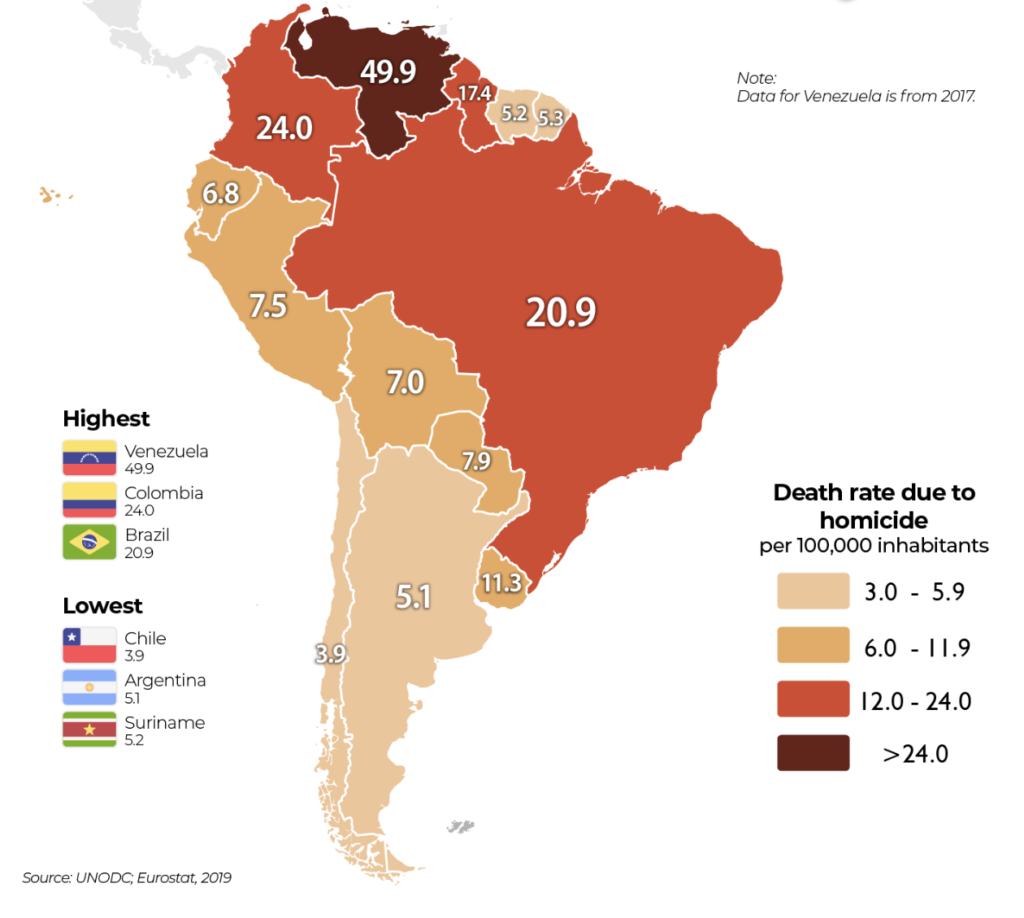
Data indicative only.
Chile and Uruguay often rank as the safest countries for tourists in South America thanks to their relatively low crime rates and stable political situations. In contrast, countries like Venezuela present significant challenges due to political instability and economic issues leading to higher crime rates.
Even within countries, safety levels can fluctuate between regions or cities. For instance, while certain parts of Brazil are notorious for higher crime rates affecting tourists directly or indirectly (such as Rio de Janeiro), other areas like Florianópolis maintain a reputation for being safer destinations.
Adapting your travel plans according to these regional variations is crucial for a safe journey across South America. Engaging with up-to-date travel advisories issued by your government or international bodies helps keep you informed about any potential risks associated with specific locations.
Remembering that awareness and preparation are key will ensure that your experience exploring this vibrant continent remains positive and safe.
Safest Countries in South America
Chile
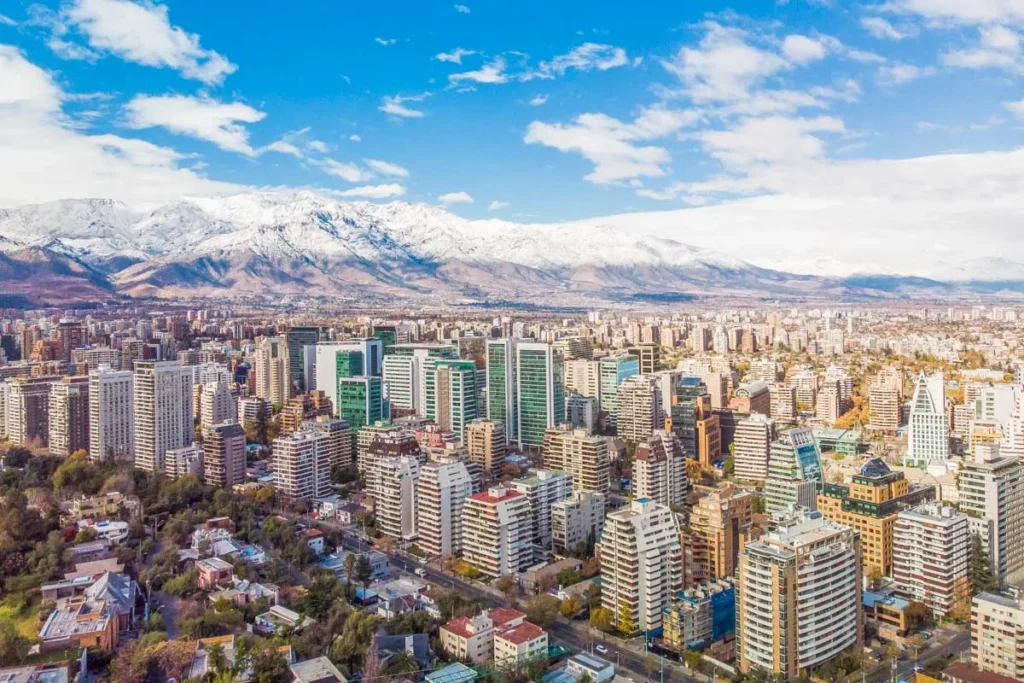
Chile ranks as one of the top destinations for safety in South America, drawing travelers with its stable governance and proactive safety measures. The country’s diverse landscape from the driest desert in the world, the Atacama, to the snow-capped Andes, is matched by a commitment to public safety and a high quality of life. These features make Chile an appealing option for both tourists and potential residents looking for security and beauty in one location.
- Political Stability: Chile has maintained a stable democratic regime, evidenced by its smooth political transitions.
- Murder Rate: One of the lowest in the region at 3.1 per 100,000 inhabitants as of 2021.
- Crime Rate: Chile has a notably low crime index of 45.23, indicating fewer crimes compared to regional neighbors.
- Corruption: Ranked 27th globally on the Corruption Perceptions Index, highlighting its relatively clean governance.
- Human Development Index: Scores 0.851, placing it in the very high human development category.
- Infrastructure: Chile scores 4.9 out of 7 on the Global Competitiveness Report for infrastructure quality.
- Healthcare: Features an extensive healthcare network with a life expectancy of 80 years.
- Emergency Response: Robust emergency services, crucial in a country prone to natural disasters like earthquakes.
Chile’s dedication to maintaining a high standard of living through effective law enforcement and emergency preparedness makes it not only one of the safest but also one of the most resilient countries in South America.
Uruguay
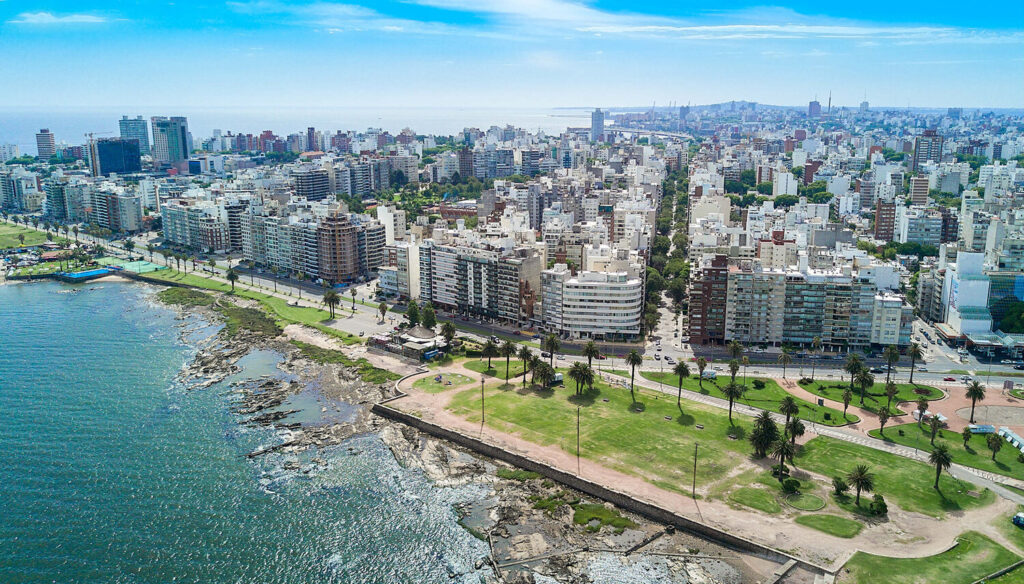
Uruguay is often praised for its safety and progressive social policies, making it one of the most stable and inclusive countries in South America. The nation offers a tranquil lifestyle, bolstered by effective governance and low crime rates, making it an ideal destination for expatriates and tourists seeking a peaceful retreat.
- Political Stability: Known for its strong democratic institutions and political stability.
- Murder Rate: Reports a low murder rate of 8.4 per 100,000 people as of 2021.
- Crime Rate: Features a relatively low crime index of 50.23.
- Corruption: Uruguay stands out in Latin America, ranked 18th globally in the Corruption Perceptions Index.
- Human Development Index: Uruguay has an HDI of 0.817, classified as very high.
- Infrastructure: Rated 4.0 out of 7 for overall infrastructure quality.
- Healthcare: Offers high-quality healthcare services with universal coverage.
Uruguay’s focus on comprehensive social welfare and public safety continues to foster a secure and inclusive environment, making it an exemplary model of stability and peace in the region.
Argentina
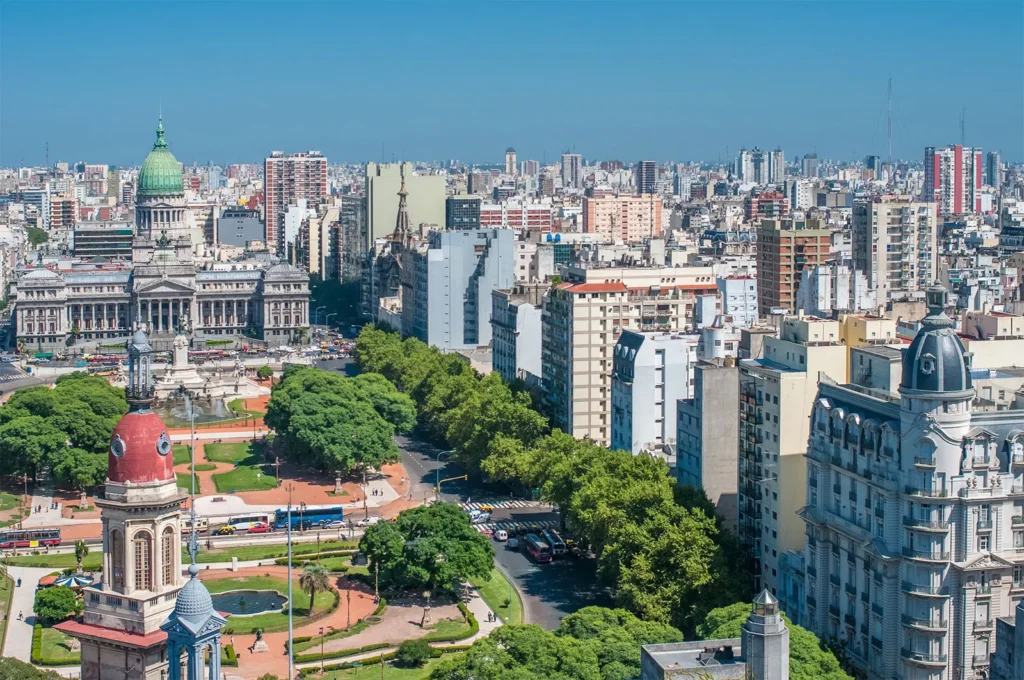
Argentina is celebrated for its vibrant culture and scenic landscapes, paired with a commitment to improving safety and public services. The nation’s capital, Buenos Aires, mirrors the country’s dedication to culture and safety, making it a favored destination for those who seek the dynamic atmosphere of a city alongside secure living conditions.
- Political Stability: Generally stable, with democratic governance.
- Murder Rate: Has a moderate murder rate of about 5.3 per 100,000 as of 2021.
- Crime Rate: Crime index stands at 62.96, reflecting a moderate rate of street crimes.
- Corruption: Corruption remains a challenge, ranked 96th on the global index.
- Human Development Index: Scores 0.845, indicating very high human development.
- Infrastructure: Infrastructure quality score of 3.8 out of 7, with ongoing improvements.
- Healthcare: Extensive healthcare system, though with regional disparities in service quality.
Argentina’s efforts to balance cultural richness with enhanced safety measures make it a compelling choice for those seeking both excitement and security in South America.
Paraguay
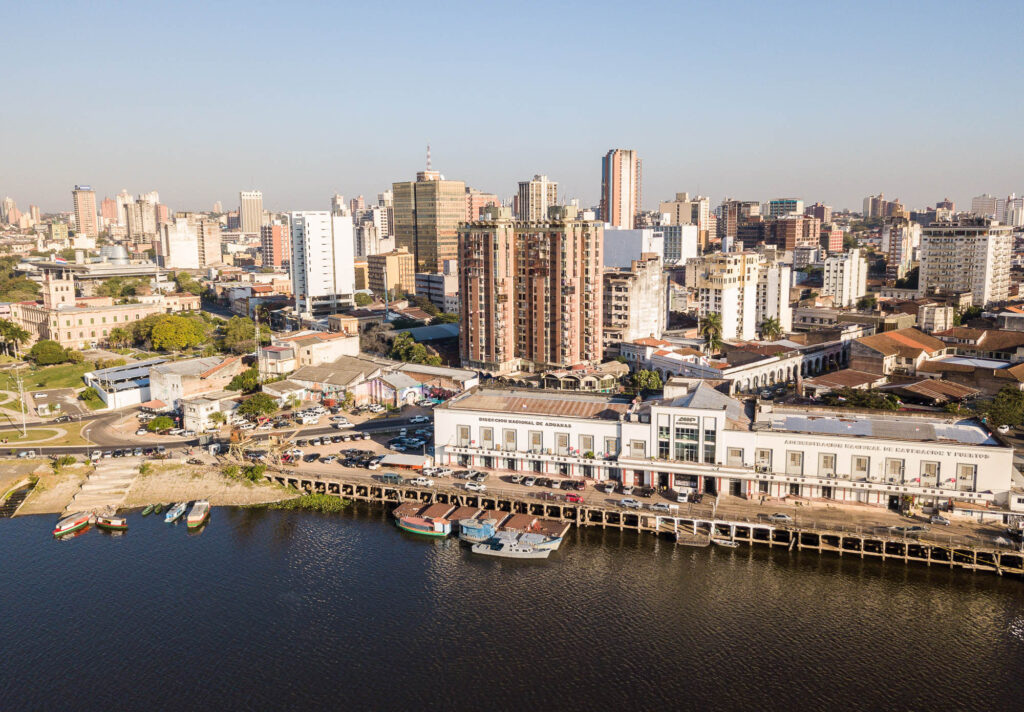
Panama has emerged as a hub for international business and expatriate living, thanks to its strategic location and robust economic policies. The country offers a blend of modern amenities and tropical environments, making it a magnet for those seeking a mix of business opportunities and recreational activities in a safe setting.
- Political Stability: Stable political landscape with democratic practices.
- Murder Rate: Lower than many of its neighbors, at 9.2 per 100,000 people.
- Crime Rate: Crime index of 47.19, lower than many Latin American countries.
- Corruption: Has challenges with corruption, ranked 111th globally.
- Human Development Index: HDI of 0.815, reflecting significant progress in social and economic development.
- Infrastructure: Well-developed, especially in urban areas like Panama City.
- Healthcare: Good healthcare facilities, particularly in urban areas with access to advanced medical services.
Panama’s strategic importance and continued focus on economic growth and safety make it an increasingly popular choice for affluent families and investors looking for security and opportunity in Latin America.
Key Safety Indicators for Each Country
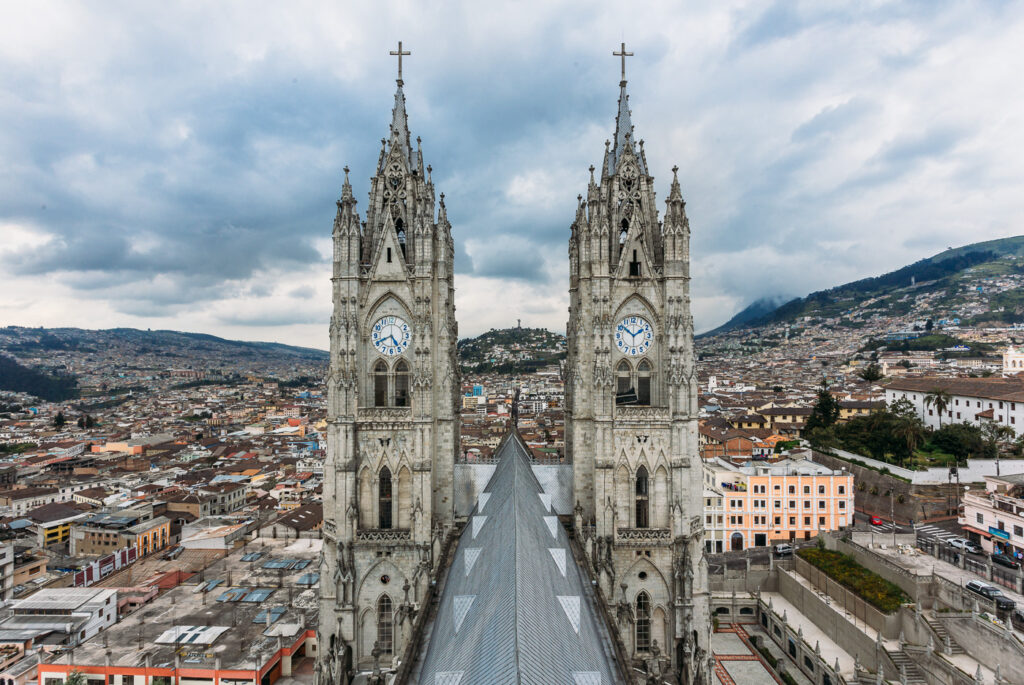
When it comes to evaluating the safety of countries in South America, several key indicators are paramount. These include crime rates, political stability, and social welfare systems. By delving into these criteria, you’ll understand what makes a country safe or otherwise.
Crime Rates
Crime rates serve as a primary gauge for assessing safety. A lower crime rate typically signifies a safer environment for both locals and tourists. To provide a clearer picture, let’s consider some statistics:
- Chile stands out with its remarkably low violent crime rate, making it one of the safest destinations in South America.
- Uruguay and Argentina display moderate levels but have implemented effective measures to tackle street crimes and petty thefts.
Efforts to reduce crime rates are multifaceted, involving community policing strategies and social programs aimed at youth engagement in vulnerable areas.
Political Stability
Political stability is crucial as it directly impacts tourism and the overall perception of safety within a country. Countries with stable governments tend to experience fewer protests and civil unrest, leading to higher levels of security.
- Nations like Chile and Uruguay boast strong democratic institutions and consistent governance policies contributing to their status as safe havens.
On the flip side, countries grappling with political turmoil can see fluctuations in their security situation. It’s essential for travellers to stay informed about current affairs when planning their visits.
Social Welfare Systems
The strength of a country’s social welfare system can greatly influence its overall safety by addressing poverty and inequality—key drivers behind criminal activity. A robust social welfare system includes healthcare access, education opportunities, and unemployment benefits which collectively contribute to societal well-being.
- For instance, Uruguay’s comprehensive healthcare system ensures that all residents have access to medical services, which has been linked to lower crime rates.
- Similarly,Chile’s focus on education reform has shown promising results in reducing youth involvement in criminal activities by providing alternatives through learning opportunities.
Countries that prioritise their citizens’ health care needs have proven more adept at fostering environments where safety is tangible. This holistic approach underscores how interconnected aspects of society impact overall perceptions of security.
Human Development Index (HDI)
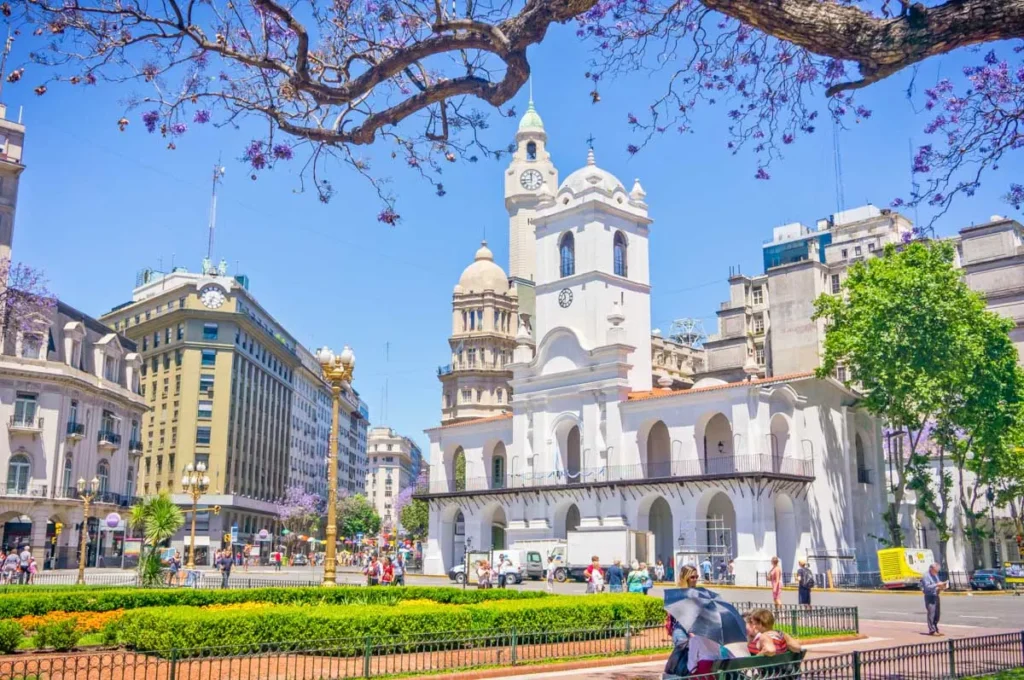
The Human Development Index (HDI) serves as a crucial metric in assessing the overall progress and quality of life in various countries, including those in South America. HDI combines indicators of life expectancy, educational attainment, and income to provide a composite value that reflects the general well-being and capabilities of a nation’s citizens. This index is particularly significant in understanding the disparities between different regions and guiding policy decisions to promote balanced development.
Here is a graph showing the Human Development Index (HDI) in each country in the region:
Legend
Note: These numbers are subject to change as new data becomes available.
In South America, the importance of the HDI becomes evident when considering the correlation between human development and safety. Countries with higher HDI scores often boast better educational systems, more effective healthcare, and higher living standards—all of which contribute to societal stability and lower crime rates. For instance, nations like Chile and Uruguay, which rank high on the HDI, are also frequently listed among the safest countries in South America. This link underscores how advancements in human development not only enhance economic and social conditions but also foster safer living environments, making these countries attractive destinations for tourists and expatriates seeking security and quality of life.
By examining these key indicators—crime rates, political stability, social welfare systems, and HDI—you’re equipped with valuable insights into what constitutes safety across South American countries. It becomes clear that while challenges exist efforts are continuously being made towards creating secure welcoming spaces for everyone.
Challenges to Safety in South America
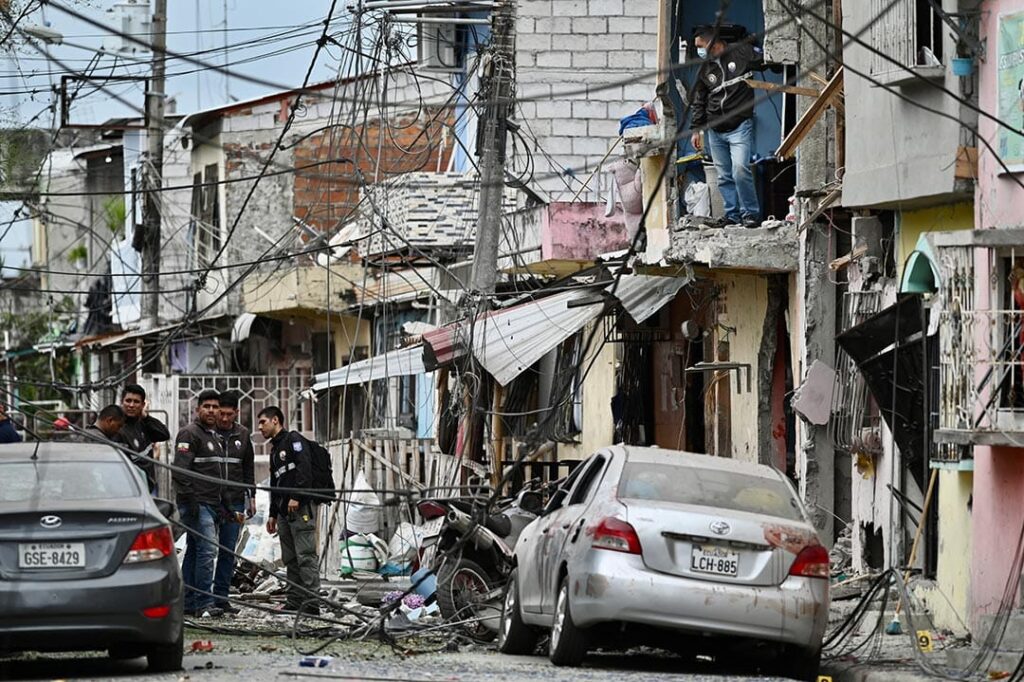
Socioeconomic Disparities
South America, a continent rich in culture and history, faces significant challenges when it comes to ensuring the safety of its citizens. Among these, socioeconomic disparities stand out as a fundamental issue. These disparities create environments where crime can flourish. In countries where the gap between the wealthy and the poor is vast, access to basic services such as education and healthcare is often limited for those on the lower rung of the socioeconomic ladder. This imbalance not only fuels frustration and desperation but also increases vulnerability to criminal activities.
- The poverty rate directly correlates with higher crime rates.
- Education levels have a profound impact on employment opportunities, influencing crime rates indirectly.
In nations like Venezuela and Brazil, these disparities are particularly pronounced, leading to increased instances of thefts, robberies, and even violent crimes. Efforts to bridge these gaps require comprehensive policies focusing on economic inclusion and educational opportunities.
Environmental Challenges and Natural Disasters
The geographical diversity of South America makes it prone to various natural disasters which pose significant challenges to safety. Earthquakes in Chile or Colombia can cause widespread destruction not just physically but also economically, impacting millions of lives within seconds. Likewise, annual flooding in countries like Bolivia affects thousands annually:
These events strain resources significantly, diverting attention from long-term planning for disaster preparedness towards immediate relief efforts. Climate change exacerbates these issues further by increasing both frequency and intensity of such natural disasters across the continent.
Impact of Drug Trafficking and Organized Crime
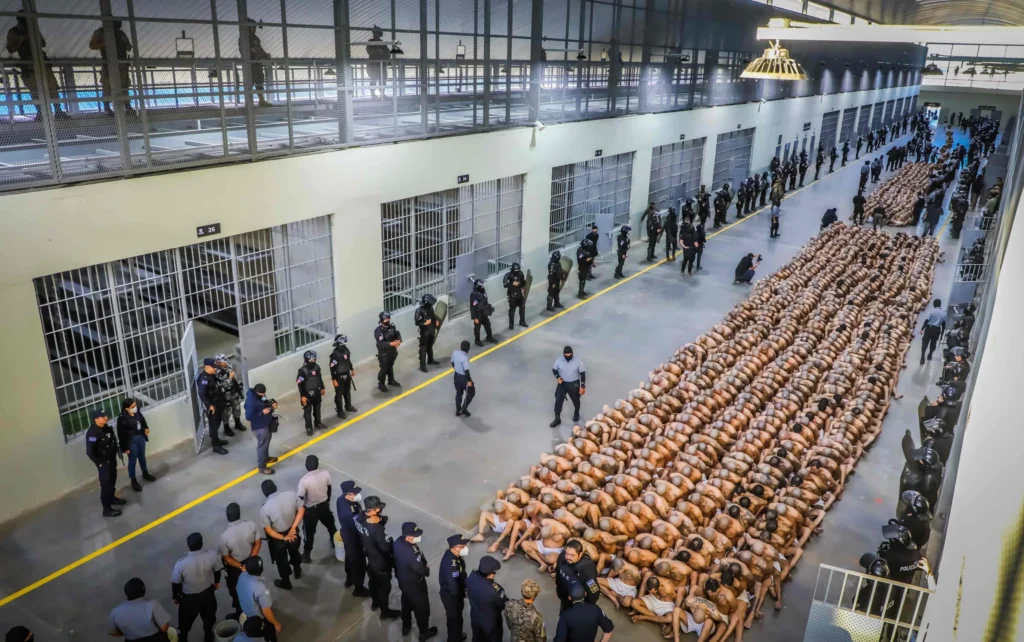
Arguably one of the most well-known challenges facing South America is drug trafficking coupled with organized crime. Countries like Colombia have been battling narcoterrorism for decades while Mexico faces cartel wars that spill over into border regions:
- Cartel influence extends beyond borders affecting entire communities.
- Narcoterrorism disrupts social order through intimidation tactics.
This illicit activity not only undermines legal economies but also endangers countless lives through violence related directly or indirectly to drug trade operations. Governments across the continent invest substantial resources into combating this issue; however, corruption within law enforcement agencies complicates these efforts significantly.
In summary:
- Socioeconomic disparities breed environments conducive to criminal activities.
- Natural disasters present recurrent challenges needing strategic management.
- Drug trafficking remains a persistent threat requiring international cooperation for effective mitigation strategies.
Understanding these multifaceted challenges faced by South American countries regarding safety concerns provides insight into potential areas for improvement while acknowledging ongoing efforts to make this vibrant continent safer for all who call it home.
Travel Safety Tips for South America
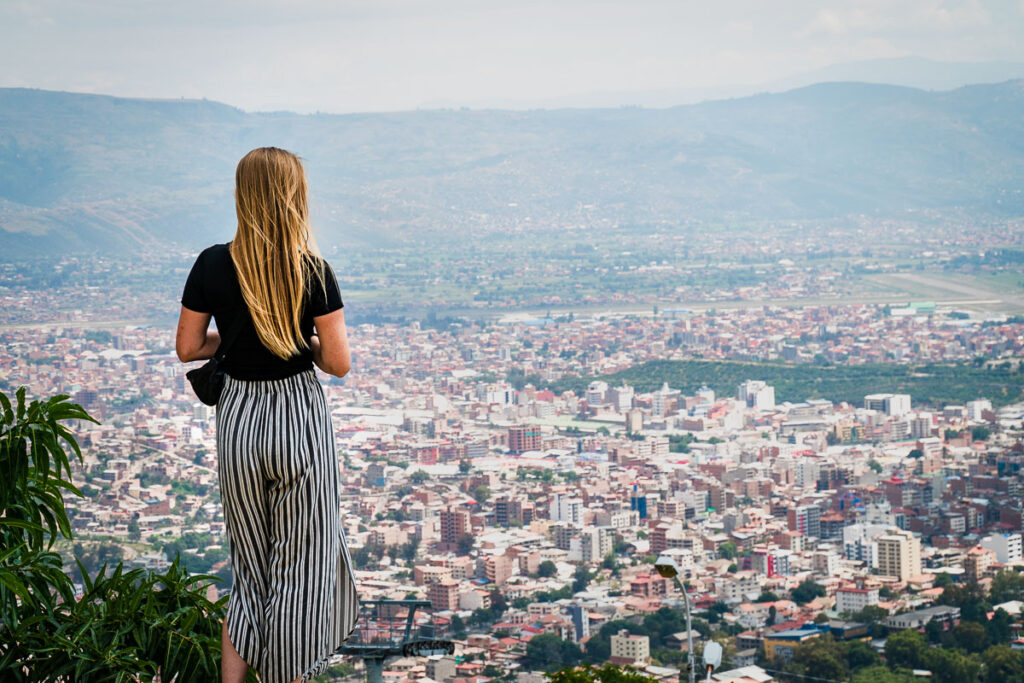
General Precautions
Travelling through South America can be an exhilarating experience, with its vibrant cultures, stunning landscapes, and rich history. However, it’s crucial to stay safe and aware of your surroundings. First and foremost, always ensure you have comprehensive travel insurance that covers medical emergencies, theft, and cancellations. It’s not just about having a safety net; it’s about peace of mind.
Keep copies of important documents like your passport and travel insurance digitally and separately from the originals. This simple step can save you endless hassle should you lose them or if they’re stolen. Moreover, familiarising yourself with local customs and laws can help avoid unintended disrespect or legal issues. For instance, some countries have strict drug laws that might surprise visitors.
When it comes to cash and valuables, less is more. Avoid carrying large amounts of money or displaying expensive jewellery that could make you a thief target. Consider using money belts or hidden pouches for extra security. Remember to use ATMs in well-lit areas during the day and be cautious when withdrawing money.
Country-Specific Advice
Each country in South America has its unique charm but also distinct challenges regarding safety.
- Brazil: Known for its festive atmosphere, especially during Carnival season, Brazil also has areas with higher crime rates. Always stay vigilant in crowded places and opt for official taxis or ride-sharing apps rather than hailing cabs off the street.
- Colombia: Once notorious for its safety issues has seen significant improvements over the years. Nevertheless, rural areas, especially near borders, can still be risky due to the presence of armed groups. Stick to well-travelled tourist paths and heed local advice.
- Peru: This country, famous for Machu Picchu and other historical sites, is relatively safe, but petty crime like pickpocketing is common in tourist areas. Be particularly cautious on buses and at bus stations, which are hotspots for thieves.
For travellers exploring high-altitude destinations like La Paz in Bolivia or Cusco in Peru, altitude sickness can be a concern Ensure proper acclimatization by gradually increasing elevation where possible drink plenty of water, avoiding alcohol on arrival days until adjusted This advice stands regardless of fitness level as altitude sickness does not discriminate based on physical condition Understanding these specific considerations ensures not only a safer journey but also a more enjoyable one as being prepared allows you to focus on the incredible experiences South America has to offer
Conclusion
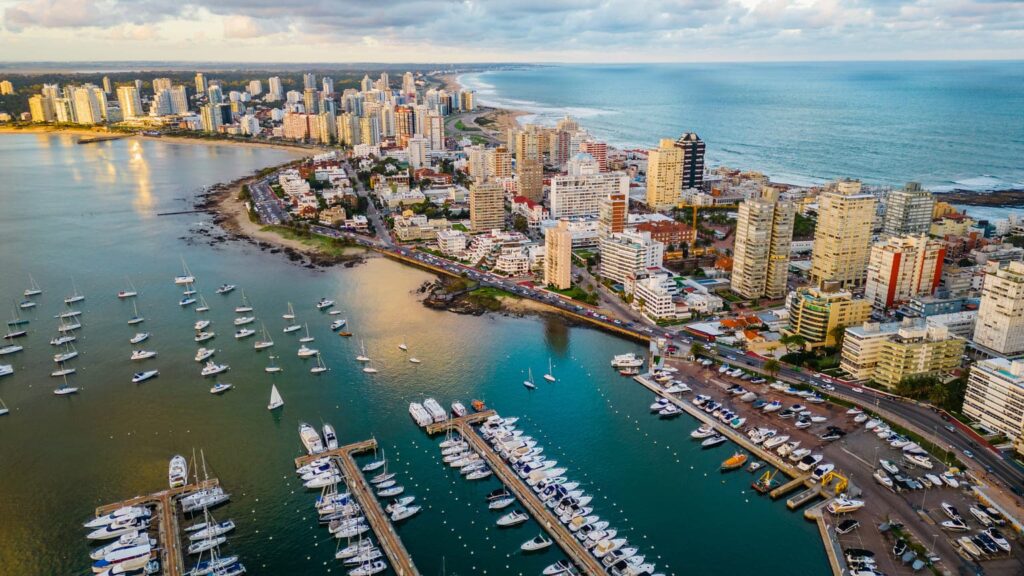
Your adventure in South America doesn’t have to be overshadowed by concerns over safety. Although plagued by crime, there are many pocket of South America that are very safe. By staying informed, doing your research, and being careful, you’ll discover that this region offers not just stunning scenery but also a warm welcome from those who call it home.
Remember no destination can guarantee complete safety but choosing one of the safer countries increases your chances of a hassle-free experience. Always keep abreast of current news and travel advisories before embarking on your journey.
South America awaits with open arms promising an unforgettable adventure across its safest lands. Whether you’re marvelling at ancient ruins soaking up sun on pristine beaches or dancing the night away in cosmopolitan cities you’re set for an extraordinary experience when you tread wisely on this remarkable continent.
Frequently Asked Question (FAQ)
1. What is the Human Development Index (HDI)? The Human Development Index (HDI) is a statistical tool used by the United Nations to assess the social and economic development levels of a country. It measures three major dimensions: life expectancy, education level, and per capita income. Countries are scored on a scale from 0 to 1, where higher values signify higher development.
2. How does HDI relate to safety in South America? In South America, a higher HDI often correlates with better safety standards. Countries with higher HDI scores generally have more effective law enforcement, better healthcare, and more stable political environments, contributing to overall safer conditions for their residents and visitors.
3. Which are the safest countries in South America according to the HDI? Based on HDI and safety metrics, Chile, Uruguay, and Argentina are frequently regarded as some of the safest countries in South America. These nations not only score well on the HDI but also boast strong public safety policies and low crime rates.
4. Are there any exceptions where a country has a high HDI but lower safety ratings? Yes, there are exceptions. A country may have a high HDI but still experience issues like localized crime or sporadic political unrest, which can impact its overall safety. Therefore, it’s important for residents and travelers to stay updated with local news and travel advisories beyond just the HDI rankings.
5. How can tourists ensure their safety while traveling in South America? Tourists can improve their safety by staying informed about their destination’s current safety conditions and adhering to local laws and customs. Practical tips include staying in well-regarded neighborhoods, keeping valuables secure, and avoiding risky areas, especially at night. Additionally, using services geared towards tourists and engaging respectfully with local communities can enhance the travel experience and safety.
Learn More
Offshore Freedom™ is a boutique coaching and consulting firm that helps investors and entrepreneurs live and invest internationally. We help our clients grow their businesses, pay less taxes, buy more real estate, and take advantage of global residency and citizenship by investment programs worldwide.
Schedule a 1 on 1 consultation with Dan Merriam, and let us help you design the life of your dreams and live the Offshore Freedom™ lifestyle. Ask questions and get answers about international real estate, tax planning, offshore banking, second residencies, citizenship by investment, lifestyle design and more.
This article is for informational purposes only; it should not be considered financial, tax planning, investment or legal advice. Consult a certified financial or investment professional in your jurisdiction of interest before making any major financial or investment decisions.
Writer in Tax Reduction, International Tax Planning, Travel, Citizenship by Investment, The Caribbean, Living in the Caribbean, Lifestyle by Design, Second Residence, Real Estate Investing, Asset Management, Lifestyle Planning, Countries with the Lowest Taxes, Company Formation, Offshore Banking, Asset Protection, Technology, Entrepreneurship



